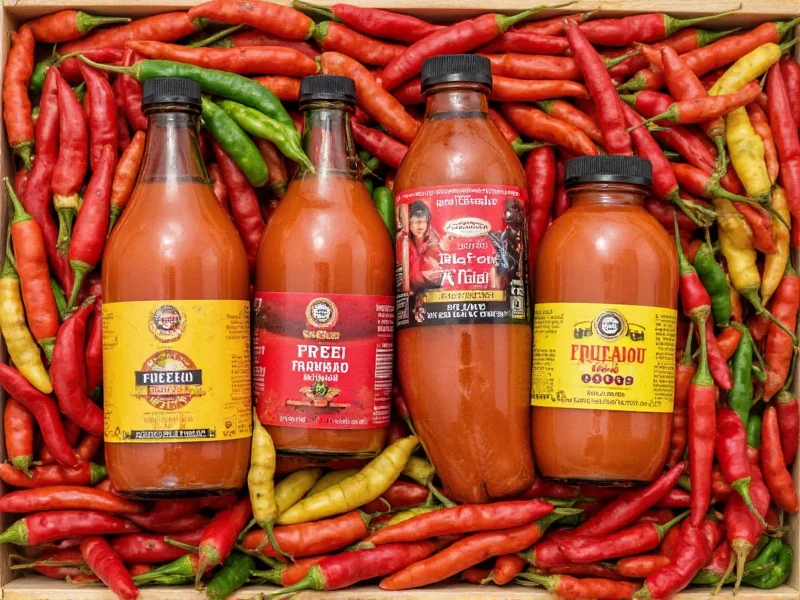Understanding chili heat levels is essential for both home cooks and professional chefs navigating the complex world of pepper varieties. The mild chili designation serves as a crucial indicator for consumers seeking flavor without intense heat. This classification system helps prevent unpleasant surprises in recipes and accommodates varying spice tolerances across different populations.
Understanding the Scoville Scale and Mild Classification
Developed by pharmacist Wilbur Scoville in 1912, the Scoville Organoleptic Test originally measured chili heat through human taste panels diluting pepper extracts until heat became undetectable. Today, high-performance liquid chromatography (HPLC) provides more precise measurements of capsaicinoids—the compounds responsible for chili heat—but the Scoville Heat Unit (SHU) remains the standard designation.
The mild category on this scale encompasses peppers registering between 0-5,000 SHU. This range represents chilies that provide distinctive flavor characteristics without overwhelming heat. Within this bracket, designations often include further distinctions:
| Designation | Scoville Range | Common Examples |
|---|---|---|
| Very Mild | 0-500 SHU | Bell peppers, pimientos |
| Mild | 500-2,500 SHU | Anaheim, cubanelle, banana peppers |
| Moderately Mild | 2,500-5,000 SHU | Poblano, pasilla, guindilla |
Regional Variations in Mild Chili Designation
Chili classification systems vary significantly across different culinary traditions. In Mexico, the term \"chile dulce\" (sweet chili) typically refers to bell peppers and other non-spicy varieties. Spanish-speaking regions often use \"chile suave\" for mild peppers. The European Union has established specific labeling requirements for food products containing chili ingredients, mandating clear heat level indications.
In commercial food production, standardized designations help prevent consumer confusion. The Specialty Food Association's Flavor Profile Lexicon provides industry-standard descriptors for chili heat intensity, including specific terminology for mild varieties. Many food manufacturers now include visual indicators on packaging—such as pepper icons with varying numbers of flames—to communicate heat levels across language barriers.
Practical Applications of Mild Chili Designations
Understanding mild chili designations proves particularly valuable for several culinary applications. Chefs developing dishes for diverse audiences rely on precise heat classifications to accommodate varying spice tolerances. Food manufacturers use these designations to create consistent products across batches and seasons.
When selecting mild chilies for cooking, consider these practical tips:
- Examine the pepper's shoulders—mild varieties typically have smoother, more rounded shoulders compared to tapered hot peppers
- Check for thin walls, which often indicate lower capsaicin concentration
- Look for specific variety names rather than generic \"chili\" labels
- Consider growing conditions—same varieties can vary in heat based on climate and soil
Common Misconceptions About Mild Chilies
Several persistent myths surround mild chili designations. Many believe color indicates heat level, but bell peppers demonstrate this isn't true—green, yellow, orange, and red bells all register 0 SHU despite color differences. Another misconception suggests that seeds alone determine heat, but capsaicin concentrates primarily in the placental tissue surrounding seeds.
The phrase \"mild chili\" sometimes causes confusion because \"chili\" can refer to both the pepper and the dish. When discussing pepper classification specifically, \"chili pepper\" or \"chile\" provides clearer communication. Culinary professionals increasingly use precise variety names rather than generic heat descriptors to avoid ambiguity.
Scientific Basis for Mild Designation
The mild characteristic stems from genetic factors affecting capsaicinoid production. Research published in the Journal of Agricultural and Food Chemistry identifies specific genes responsible for capsaicin biosynthesis. Through selective breeding, horticulturists have developed numerous mild varieties that maintain complex flavor profiles while minimizing heat.
Environmental factors also influence heat levels. Even mild-designated varieties can develop slightly higher heat under stressful growing conditions, though they remain within the mild classification. This natural variation explains why some poblanos might taste noticeably hotter than others while still qualifying as mild chilies.
Using Mild Chilies in Diverse Cuisines
Mild chilies serve as essential ingredients across global cuisines. In Spanish cooking, padrón peppers (typically mild but occasionally hot) feature in traditional preparations. Italian cuisine utilizes sweet frying peppers like the cubanelle in stuffed pepper dishes. Thai cooking incorporates mild \"prik yuak\" (cucumber peppers) for color and texture without heat.
For home cooks exploring mild chili designations, experimenting with different varieties reveals nuanced flavor differences beyond heat level. Poblanos offer earthy notes, anaheims provide grassy undertones, and bell peppers contribute sweet, vegetal flavors. Understanding these distinctions enhances culinary creativity while maintaining predictable heat levels.
What exactly qualifies as a mild chili on the Scoville scale?
Chilies measuring 0-5,000 Scoville Heat Units (SHU) qualify as mild. This includes bell peppers (0 SHU), poblanos (1,000-2,000 SHU), and anaheims (500-2,500 SHU). The designation helps consumers identify peppers that provide flavor without significant heat, making them suitable for those with low spice tolerance.
Can mild chilies ever be hot?
Yes, mild-designated chilies can occasionally develop higher heat due to environmental stressors like drought or temperature extremes. While still generally within the mild range, individual peppers might exceed typical heat levels. This natural variation explains why some poblanos might taste noticeably hotter than others despite their mild classification.
How do I identify mild chilies when shopping?
Look for specific variety names rather than generic labels. Mild chilies often have smoother shoulders and thicker walls compared to hot varieties. Bell peppers, poblanos, and anaheims are reliably mild. When in doubt, check packaging for Scoville ratings or ask vendors about specific heat levels, as visual identification alone can be unreliable.
Are there official standards for mild chili designation?
While no universal regulatory body governs chili designations, industry organizations like the Specialty Food Association provide standardized descriptors. The European Union requires clear heat level labeling on food products. Most commercial growers and food manufacturers follow consistent Scoville-based classifications, with 0-5,000 SHU universally recognized as the mild range in culinary contexts.
Why do some mild chilies have different flavor profiles despite similar heat levels?
Flavor differences stem from varying concentrations of non-pungent compounds like sugars, acids, and volatile aromatics. A poblano offers earthy notes while an Anaheim provides grassier undertones, despite both being mild. These distinctions result from genetic factors and growing conditions that affect flavor compound development independently from capsaicin production.











 浙公网安备
33010002000092号
浙公网安备
33010002000092号 浙B2-20120091-4
浙B2-20120091-4